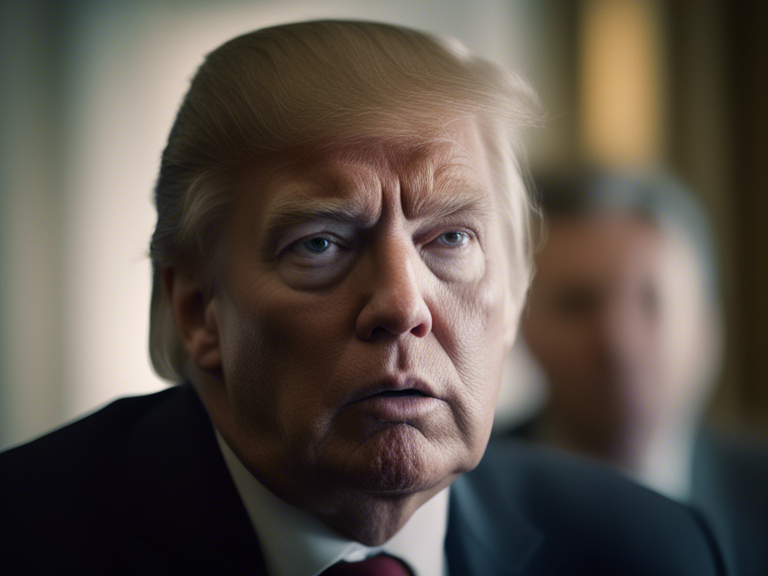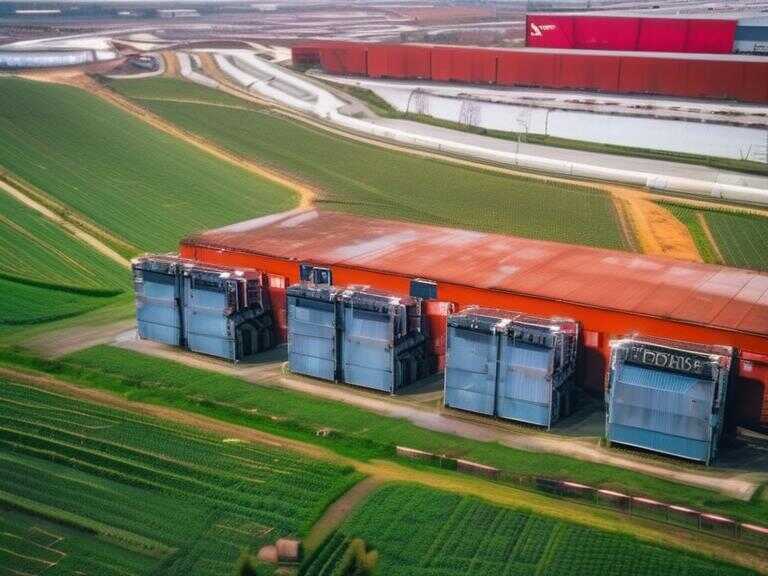
Federal Judge Rejects Request to Halt $10 Billion Wind Energy Transmission Project
A judge rejected a request to halt construction on a $10 billion transmission line carrying wind-generated electricity from New Mexico to California.

In a major legal development, a federal judge has rejected a request by Native American tribes and environmentalists to stop work on a $10 billion transmission line being constructed through southeastern Arizona. The transmission line is intended to carry wind-generated electricity from New Mexico to as far as California. The decision comes despite claims of the line's impact on the cultural significance of the San Pedro Valley to Native American tribes including the Tohono O’odham, Hopi, Zuni and San Carlos Apache Tribe.
The project, approved in 2015, has been described as the most significant U.S. electricity infrastructure initiative since the construction of the Hoover Dam in the 1930s. However, two tribes, along with archaeologists and environmentalists, filed a lawsuit in January, accusing the U.S. Interior Department and Bureau of Land Management of overlooking the cultural significance of the remote San Pedro Valley for nearly 15 years.
In denying the motions, Judge Jennifer Zipps stated that the plaintiffs were too late in bringing their claims and that the Bureau of Land Management had fulfilled its obligations to identify historic sites and prepare an inventory of cultural resources.
The transmission lines are set to forever change the San Pedro Valley, which has been a place of beauty, prayer, and solitude for generations of O'odham. However, government representatives argue that the SunZia project is a crucial renewable energy initiative and that the tribes had waited too long to bring their claims.
Pattern Energy, the company behind the project, has emphasized that more than 90% of the construction has been completed and that there have been no inadvertent discoveries of cultural sites in the valley. They also stressed the catastrophic impact of halting work, stating that any delay would compromise the project and the company's ability to deliver electricity to customers as promised in 2026. SunZia expects the transmission line to carry over 3,500 megawatts of wind power to 3 million people when it begins commercial service in 2026.
Future Plans and Legal Challenge
The SunZia project represents a significant effort to bolster President Joe Biden's agenda for cutting greenhouse gas emissions. However, the transmission line is also facing a legal challenge before the Arizona Court of Appeals, where state regulatory officials are being asked to properly consider the benefits and consequences of the project.
As the battle over the SunZia transmission line continues, it raises crucial questions about the balance between renewable energy initiatives and the preservation of cultural and environmental resources. The outcome of this legal and environmental debate will undoubtedly have lasting implications for the future of energy infrastructure in the United States.
Share news















